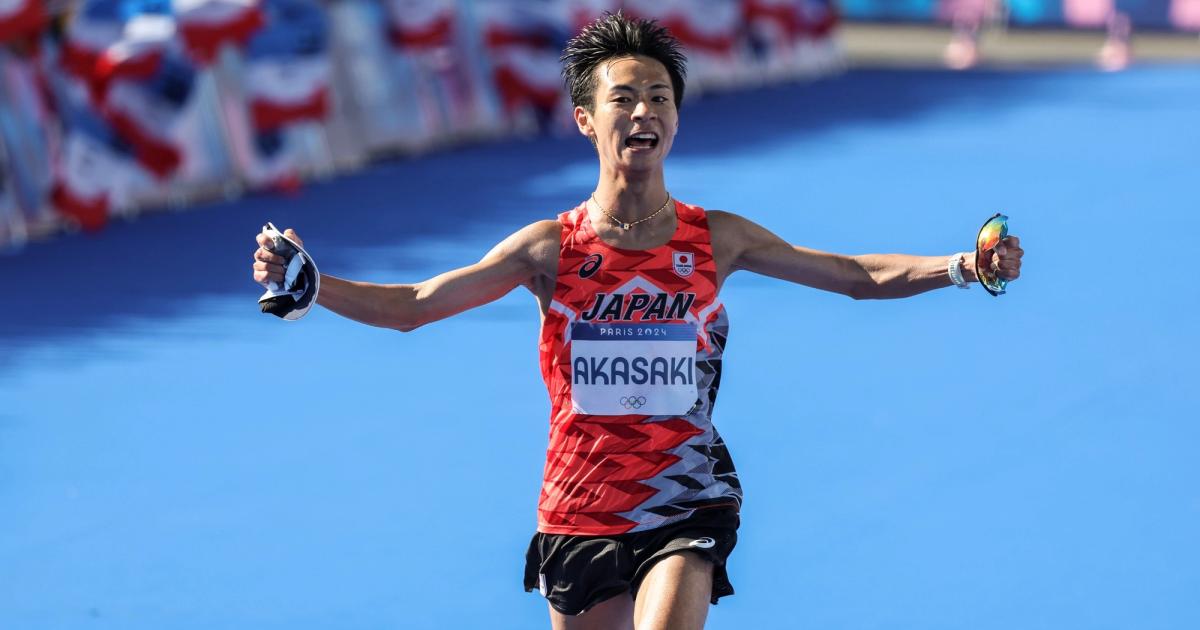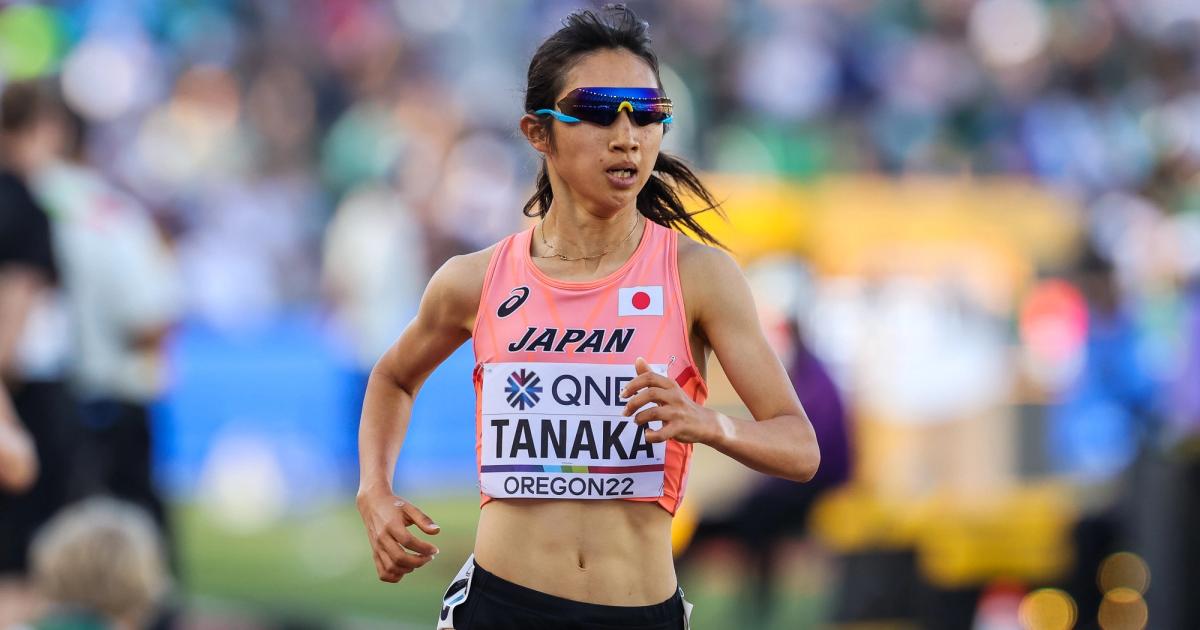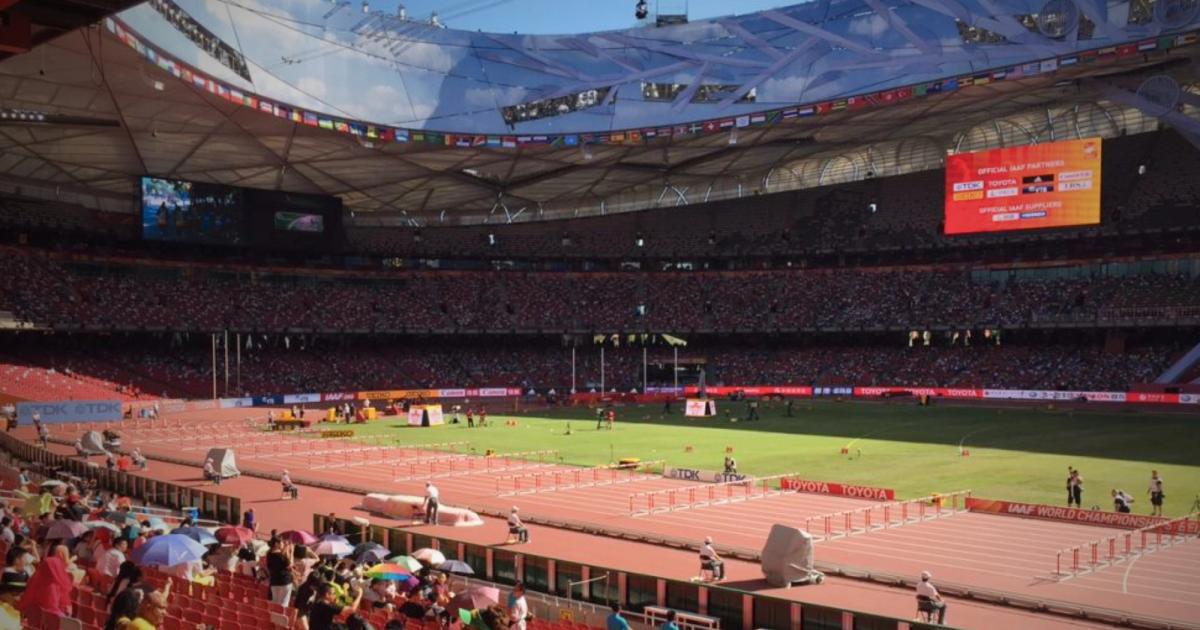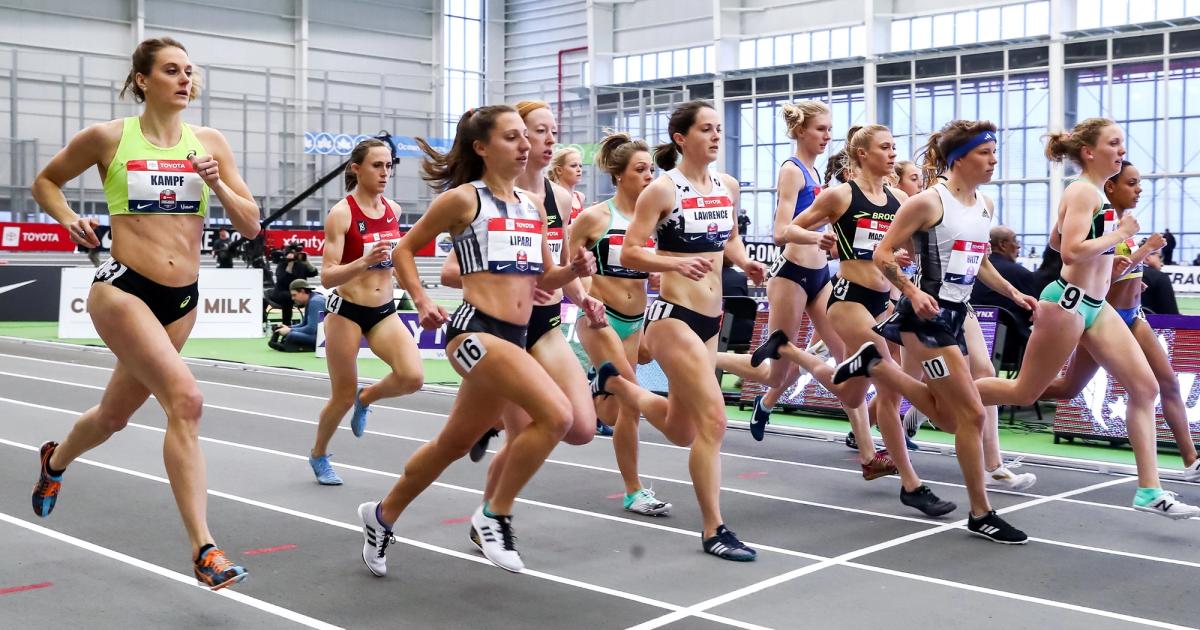By Preet Majithia
November 5, 2024
Editor’s note - This article is now updated from the version previously published on November 5, 2024, to reflect the official release of the qualification system and Road to Tokyo tool by World Athletics.
The qualifying standards for Tokyo were published shortly before the Paris Olympics, to ensure that performances there could count for 2025 Worlds qualification. Check out the full details of the actual standards here.
One thing to remember from the original announcement is the qualifying windows:
- Marathon and 35km race walk: November 5, 2023 - May 4, 2025
- 10,000m, 20km race walk, combined events and relays: February 25, 2024 - August 24, 2025
- All other events: August 1, 2024 - August 24, 2025
There is a target number of athletes in each event, and World Athletics’ stated aim is to qualify roughly half the field by qualifying standard, and the other half via world ranking.
The easiest way to qualify is therefore to achieve the relevant qualifying standard, and then to be selected as one of the maximum of three athletes from a given country that can participate in an event.
For anyone who wants to read the entire qualifying document, the full tome can be found here, but we have summarised the key aspects and picked out some of the most interesting consequences below.
To see who is currently qualified by achieving the qualifying standard or in the world rankings quota as things stand, the Road to Tokyo tool is now live on the World Athletics website.
World Ranking
First, a little refresher on the World Rankings. To obtain a World Ranking, an athlete has to compete in a certain number of competitions (for most events that’s five; it’s three for the 5000m and two for the 10,000m) and the time or mark is converted using the scoring tables. Each results score is then supplemented by a placing score depending on the category of the meet at which it is achieved to give a performance score. For example, a slower time to win a Diamond League meeting will give more points than a faster time run at a low-key meet. It is intended to reflect the likely quality of the competition that an athlete beats, and also to somewhat adjust for the conditions on a given day at any higher category meets.
Timing
The World Championships are being held from September 13th through the 21st, 2025, and the reserved weekend for National Championships is August 2nd and 3rd, 2025 (with August 23rd and 24th also being a possibility, albeit most major countries are opting for the earlier window).
This means that there will be a period of around 2-3 weeks after most countries have their National Championships where athletes can continue to chase standards or try to obtain ranking points.
The 2025 USATF Championships will be held at Hayward Field in Eugene, Oregon, from July 31 to August 3, 2025 For Team USA in particular, the timing of the qualification window is therefore likely to cause even more confusion than usual. If an athlete without the qualifying standard makes the top three of an event, we will have to then wait two or three weeks to find out if they can actually be selected. It is also likely to be much more difficult than it was in 2024 to calculate what is required in terms of ranking points, because there are going to be three Diamond Leagues in mid- to late-August, as well as many other meets where athletes can continue to pick up significant ranking points or achieve qualifying standards. As a result there will be far more permutations of what could happen over that period for athletes on the bubble. Be prepared to get out your calculators and spreadsheets!
Other national federations may take different approaches, particularly where top three at a National Championships is not necessarily a criterion (many federations are happy if they are fortunate enough to have three athletes qualified in an event!). British Athletics have in the past announced the team the day after National Championships and haven’t taken into account subsequent performances (effectively shortening the qualifying window), particularly as they don’t tend to take many athletes who qualify on rankings.
Other federations are keen to send as many athletes as possible, so will either announce provisional teams, subject to rankings movements, or announce the team in multiple phases, with an initial group announced at an earlier stage who have achieved qualifying standards, and a second group announced once the qualifying and rankings window closes. It’s also fair to say no one really knows how the Kenyan and Ethiopian team selections work, even where they do have trials races for some events!
Wild Cards
Wild Cards will be available to:
- 2023 World Champions
- 2025 Diamond League Champions
- Winners of the 2024 World Race Walking and Combined Events Tours
- Best performers (by result) on the Continental Tour in the Hammer Throw
Only one wild card can be used by a country in a given event - so if a country has both the 2023 World Champion and the Diamond League Champion, and they happen to be different people, then the country would need to pick which wild card to use. The rules allow a country to enter a fourth person in an event where they have an athlete qualified via wild card.
There was previously some confusion over whether the Diamond League Champion who gets a wild card will be the 2024 champion or the 2025 champion. At the 2024 Diamond League Final, athletes, coaches and media were generally under the impression that it would be the 2025 Champions, and this has now been confirmed. Although for race walkers and combined eventers it appears to be the 2024 tour winners that get wild cards, which means that Michelle Atherley (USA) and Johannes Erm (Estonia) will receive a wild card in the heptathlon and decathlon respectively. This is great news given both the USA and Estonia have great depth in those events.
Watch out for the USATF selection policy on how the wild cards work. Imagine the chaos when, say, in the men’s 100m Chistian Coleman gets fourth at Trials and later wins the Diamond League Final, and Noah Lyles gets fifth place but has the World Championship wild cCard, as USATF would only be allowed to send one wild card entry.
The other bit of intrigue here is that the 2025 Diamond League Final is on August 27th and 28th. This is after the official qualifying window closes on 24 August, and is very late on to be changing entries if additional people qualify via Wild Card (potentially knocking someone else out of the rankings).
Field events
In the field events, the qualifying standards remain pretty challenging, such that it is likely only a handful of the very best athletes will achieve them in each event. This is largely a factor of athletes effectively getting six attempts per meet to achieve the standards in the throws and horizontal jumps, so they get a lot more attempts than other athletes. If the standards were set too low, there is a much higher possibility that the number of qualified athletes could significantly exceed the desired field size.
However the world rankings also tend to work a bit better in these events because the athletes tend to be able to compete more, and are not reliant on things like pacing of a race, so a ranking that takes into account their best five performances in the window is (absent injury) much more likely to be a fair indication of their ability.
10,000m
The 10,000m is the event where we currently have the greatest insight into the qualification situation, partly because of the small fields, and that the qualifying window takes into account marks beginning on February 25, 2024.
Alongside the standards it was announced that the qualification process has been revised to include only the top three from the Cross Country Tour, reduced from the previous top eight. The field size remains at 27.
The change on cross country definitely seems like a sensible one, as there wasn’t the desired effect of getting more top athletes to race on the Cross Country Tour and the athletes who entered through this route were, for the most part, not of the same ability as the rest of the field in a track 10,000m. However the women’s 10,000m silver medallist Nadia Batocletti did in fact qualify for the Olympics via the cross country route, so it wouldn’t make sense to scrap this entirely.
On the women’s side, to date only seven people have hit the new standard of 30:20 (lowered from 30:40 previously) once you limit it to three per country – three Kenyans, four Ethiopians, including Gudaf Tsegay as defending champion.
It is also worth noting that only nine women would have been able to qualify via the new standard of 30:20 if this had been the qualifying standard for the Olympics – three Kenyans, three Ethiopians and then Sifan Hassan, Alicia Monson and Eilish McColgan. This new women’s standard is certainly much trickier, so world rankings are more likely to come into play, unless we get another significant super shoe driven drop in times.
On the men’s side, the entry standard was retained at 27:00 which seems odd, as even when limited to three per country, there are already 18 men who have the standard (and there were already 15 men who had it in the window before the standards were announced, so this was known before the announcement). For Team USA, Grant Fisher, Nico Young and Woody Kincaid are sitting pretty having already got the qualifying standard. If six more athletes get the standard, then nobody will be able to get in on world ranking once the cross country places are taken into account.
Marathon
Although the qualification standards have been made significantly harder at 2:06:30 for men and 2:23:30 for women, it is unlikely this will have much impact on the fields, where the major determinant is more likely to be which top athletes wish to compete. In particular with the timing of the World Championships in mid-September, this would likely rule out athletes doing a fall marathon, because they would lose out on the appearance fees and prize money that would likely go with that. This makes it even less likely than in previous years that a large number of top marathoners would want to compete at the World Championships.
Relays
As with the Olympics in 2024, the first fourteen places out of sixteen in each relay event will be awarded at the World Athletics Relays, which will be in Guangzhou on May 10th and 11th, 2025. As only two places will be available on rankings, this continues to pose a dilemma for top athletes who may not wish to travel over to China in May, but where their countries rely on them for qualifying if they do not have the depth for their teams to otherwise guarantee qualification in Guangzhou. The likes of Femke Bol (Netherlands) and Rhasidat Adeleke (Ireland) are obvious examples that come to mind. The travails of the Jamaican men’s 4x400m team, who attempted (unsuccessfully) to get a ranking spot after failing to qualify at World Relays are a lesson to any team tempted to rely on rankings for qualification.
Other things to keep an eye on
- There are already 28 women qualified (limited to three per country) for the 1500m, and 29 women in the 800m which in both cases is over half the target field size of 56. We also have 18 out of 36 for the 3000m steeplechase, and there is a whole season ahead for more athletes to get the times. There are similar situations in a number of other events, which means the desired 50% of athletes coming from world rankings is unlikely to be how things work out come the end of the qualifying window.
The Combined Events qualification continues to be a mess. This is due to the small field sizes of only 24, alongside a skewed ranking system that puts a high value on placing points. This means athletes are incentivised to compete at meets with weaker fields instead of say the most popular meets against the best competition such as Götzis so they can place better in less competitive fields to improve their ranking. In addition, marks from indoor events are also included in the rankings, which is crazy when the indoor event is almost a completely different sport. For more of a deep dive on the joys of the Combined Events ranking system check out the Decathletes of Europe website.
___________________
Keep up with all things track and field by following us across Instagram, X, Bluesky, Threads, and YouTube. Catch the latest episodes of the CITIUS MAG Podcast on Spotify and Apple Podcasts. For more, subscribe to The Lap Count and CITIUS MAG Newsletter for the top running news delivered straight to your inbox.

Preet Majithia
Preet is a London based accountant by day and now a track fan the rest of the time. Having never run a step in his life he’s in awe of all these amazing athletes and excited to help bring some attention to the sport.




